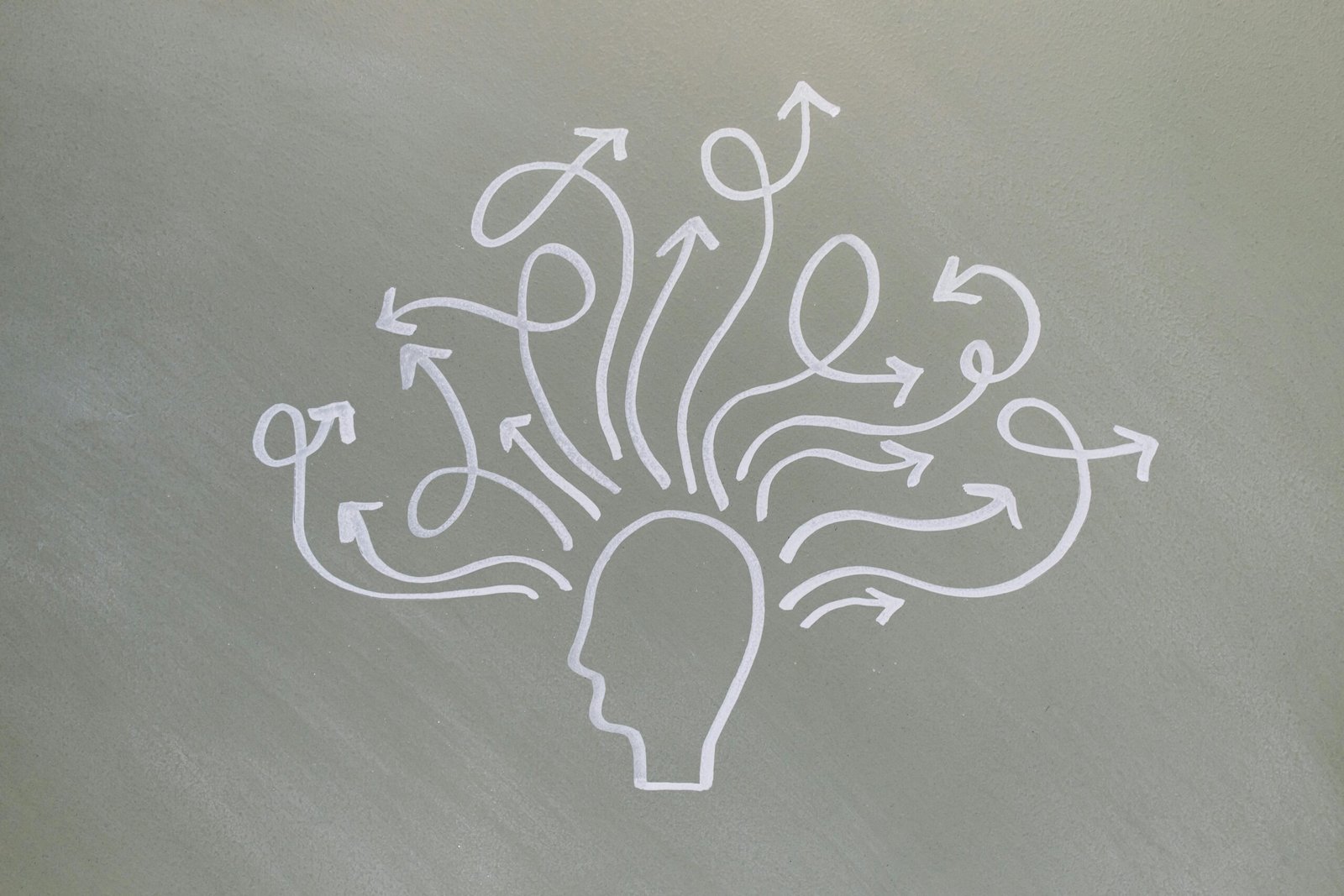Breaking News
Popular News




Enter your email address below and subscribe to our newsletter

Do you ever wonder why you buy things you don’t really need? Welcome to the psychology behind spending, a powerful force that drives our financial decisions—often without us realizing it. At bit2050.com, we explore how your emotions, environment, and brain chemistry influence your wallet, and how understanding this can lead to better financial habits.
The psychology behind spending is the study of how thoughts, emotions, and social influences shape your financial behavior. It’s about uncovering why you buy, not just what you buy. From impulse purchases to retail therapy, there’s usually more at play than just logic.
| Trigger | Example |
|---|---|
| Stress | Shopping after a bad day to feel better |
| Sales/Discounts | “I couldn’t resist 50% off!” |
| Boredom | Mindless browsing on Amazon |
| Social Media | Seeing influencers or friends living large |
| Lack of Planning | Forgetting to budget or track expenses |
Emotions play a huge role in spending. Whether it’s buying to reward yourself, cope with sadness, or project confidence, your emotions often override logic.
💬 “I deserve this” and “Just this once” are classic inner dialogues that justify spending.
We often spend money to “keep up”—with coworkers, influencers, or friends. This leads to lifestyle inflation, where your expenses increase with income even if your goals remain unmet.
“Comparison is the thief of joy—and your savings account.” — bit2050.com
Purchasing something releases dopamine, the feel-good chemical. This creates a cycle of pleasure and habit. Marketers know this and design shopping experiences to stimulate dopamine release.
🛒 Quick wins from shopping feel great—but they’re temporary.
Log your feelings before and after purchases. You’ll notice patterns.
Delay purchases by a day. If you still want it, revisit.
It’s harder to spend physical money, increasing awareness.
Clean your social media of influencers or brands that trigger FOMO.
Before buying, ask: “Does this align with my financial goals?”
Understanding the psychology behind spending is like having a money superpower. It equips you to pause, reflect, and make intentional choices. The next time you’re about to hit “Buy Now,” remember: your financial future deserves a moment of thought. For more financial wisdom, visit us at bit2050.com.
Q1: What is emotional spending?
Emotional spending happens when purchases are driven by feelings rather than needs—often to cope with stress, sadness, or boredom.
Q2: How do I stop impulsive buying habits?
Use a 24-hour rule, track your spending emotions, and build financial awareness through goal setting.
Q3: Can understanding spending psychology improve saving?
Yes! Recognizing the emotional and psychological triggers behind spending can help redirect money toward meaningful financial goals.
Q4: Is it bad to treat yourself sometimes?
Not at all. The key is intentionality—budgeting for small indulgences while staying on track with long-term plans.
psychology behind spending, financial behavior, emotional spending, spending triggers, money mindset, personal finance, bit2050, money habits